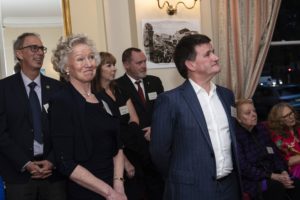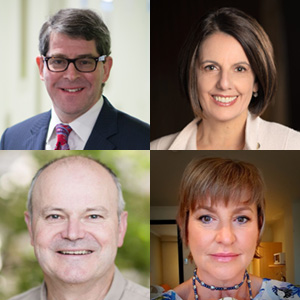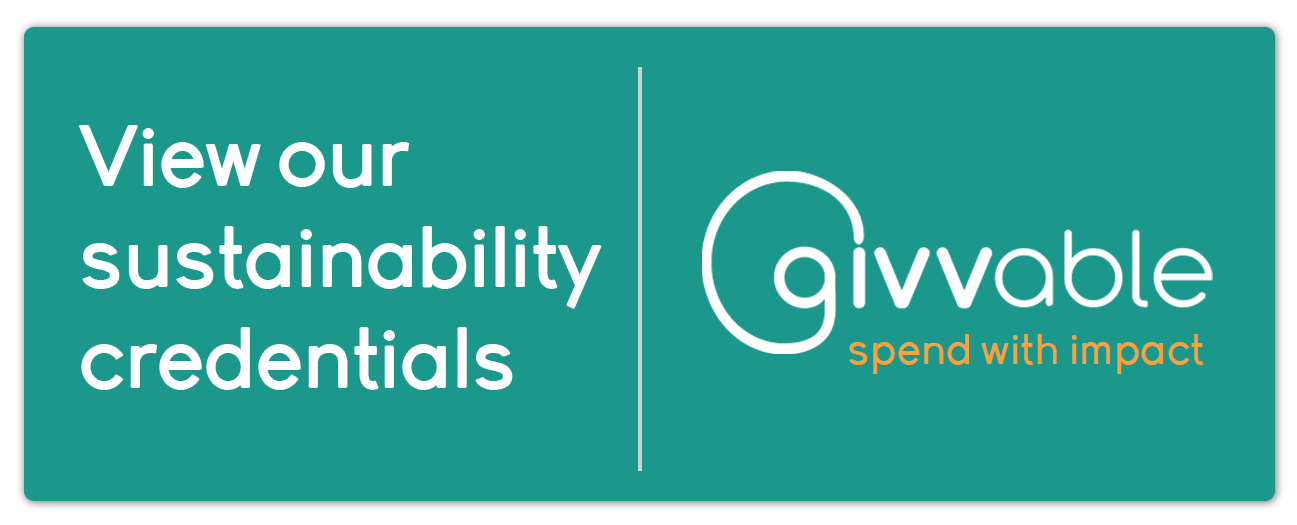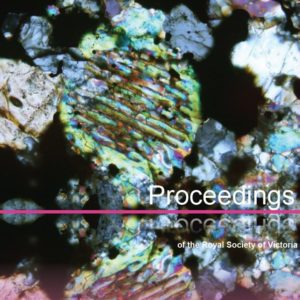In 2015 the United Nations General Assembly declared 11th February as a day to celebrate, recognise and encourage women and girls in STEM fields around the world! This initiative hopes that increased visibility will strengthen interest and support for the next generation of girls who want develop their passions for science.
Industry 4.0 is the next industrial revolution, utilising digitalisation to create a smarter, self-correcting manufacturing processes. Bringing this new industrial age together with science is Professor Bronwyn Fox, winner of the 2020 Medal for Excellence in Scientific Research. Her journey with carbon fibre production saw the develop a more efficient fabrications process for composite materials, and also had her involved with Quickstep and their new composite material process. At the time a small start-up, Quickstep is now the largest Australian independent manufacturer of composite materials, and Bronwyn took this entrepreneurial mindset and founded Deakin University’s Carbon Nexus facility. Professor Bronwyn Fox continued her research into renewable carbon fibre and established yet another facility – the National Industry 4.0 Testlab – which focuses on 3D printing of composite materials.
What does DNA, snowflakes and the hydrophobic effect have in common? They are all example of molecular self-assembly! Inspired by this process of nature, Dr Nisa Salim used attractive and repulsive forces to influence molecules to interact, and in doing so created an array of nanostructures capable of becoming solar cells, drug delivery systems, and in her newest venture – manipulating carbon fibre to be stronger than steel, lighter than aluminium and even electrically conductive! For her work in carbon manufacturing, Dr Nisa Salim was awarded the 2020 Phillip Law Postdoctoral Award for the Physical Sciences and explains how a nature-inspired approach to manufacturing can be the key to many issues facing our time – from climate control, water management and even high speed travel.
With electric vehicles predicted to represent 90% of all cars and light commercial vehicles on Australian roads by 2050, structural supercapacitors have the potential to revolutionise our transport by providing ‘mass-less’ energy storage, storing electrical energy in lightweight structural components of a vehicle’s body instead of in heavy, sole-purpose batteries. Dr Nisa Salim and her research team are working with multinational companies and Australian SMEs to demonstrate the exciting potential of these new supercapacitors, leveraging her collaborative relationships with a global academic and industrial network to take this cutting-edge research from the lab to the market place.
According to Dr Anita Hill, CSIRO’s Chief Research Scientist, “There are several impressive factors about Professor Fox. Her ability to communicate, inspire, and advocate for science is evident not only from the ecosystem that she has been able to create and fund but also from her presentations, several of which are available on YouTube as TEDx talks or interviews. She provides audiences of any background a vision of the future and one where Australia is designing and manufacturing the lightweight materials of future mobility (flying cars, hyperloops). She is a role model for STEM and for supporting high tech companies in Australia. She is recognised internationally, and uses her networks to Australia’s advantage.”








